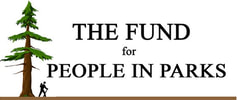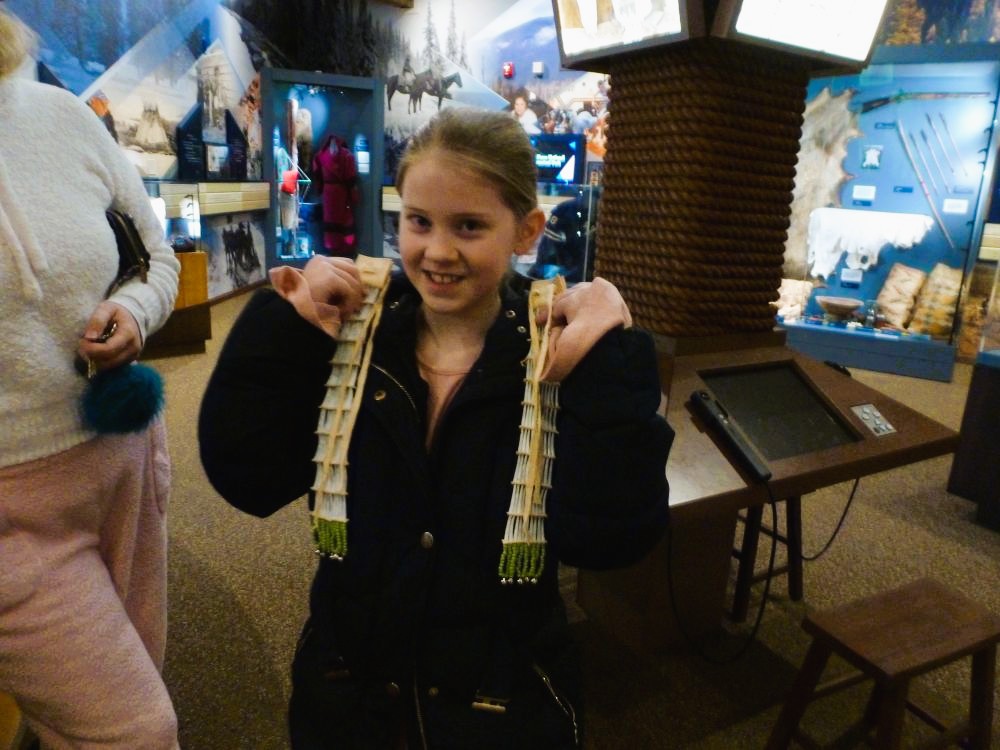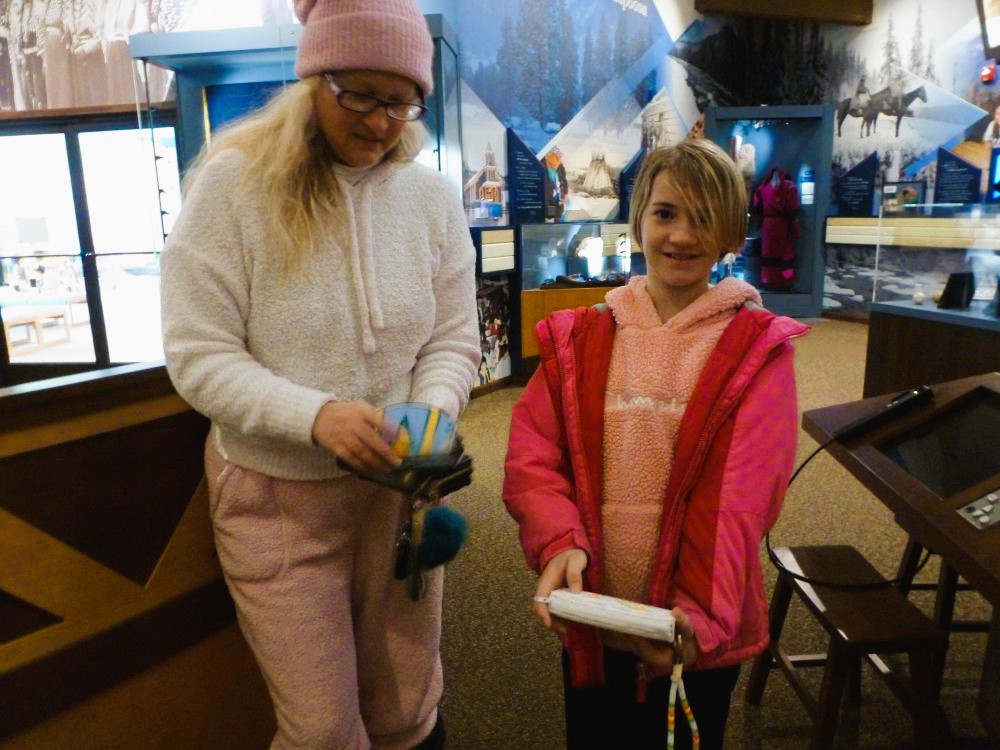Nez Perce National Historical Park
Hands-On Cultural Exhibits
Hands-On Cultural Exhibits
|
National Historical Park
1965 Park Size 4,561 acres Annual Visitors 377,000 Park Fee none Park Partner Discover Your Northwest Location 38 sites across four states: ID, MT, OR, WA |
Nez Perce National Historical Park honors the history, culture, and ongoing stories of the Nez Perce (Nimíipuu) people. In 1965, when the park was established, Indigenous elders were employed by the park as cultural demonstrators, and they made many items for park visitors to see and touch. After almost 60 years of use, these beaded bags, moccasins, and porcupine quill objects are becoming too worn and delicate to handle. The objects are beautiful examples of Nimíipuu culture that are now best preserved in the park's museum collection.
To continue offering a hands-on experience, The Fund for People in Parks provided a grant to Discover Your Northwest to contract with Indigenous artists to create nine new objects, made with traditional artisanry techniques, each with the artist's own personal flair. Some of the artists were taught their skills by the makers of the items being replaced. Federal funding for small educational projects like these is difficult to come by and federal contracting and payment processes make it challenging to work with individual artists, so these objects would not exist without private philanthropy. The Nez Perce National Historical Park visitor center sees thousands of school children each year, as well as visitors from the general public. The ability to see these objects up close, handle them, and smell the vibrancy of the leather allows visitors a unique experience to learn that Nez Perce culture and artisanry is very much alive today. Project Cost: $5,250 Project Completed: 2025 The Nez Perce culture is very much alive; these items are still used today. New items will allow the visitors to see the intricacy and detail in the work without fear of damage. Few museums provide the same items seen behind glass exhibit cases as well as for visitors to touch, smell and examine. We want visitors to experience and enjoy the culture by providing a hands-on approach. For beaded items, we want them to be able to feel not only the smoothness of the beads but also the weight, which allows for a different perspective. For cornhusk weaving, the strength in each stitch on the cornhusk bags is impressive when they are seen up close." |
Items made in 1960s by Tribal elders working for the National Park Service. After many years of service and enjoyment by millions of visitors, these items are now part of the park's museum collection.








